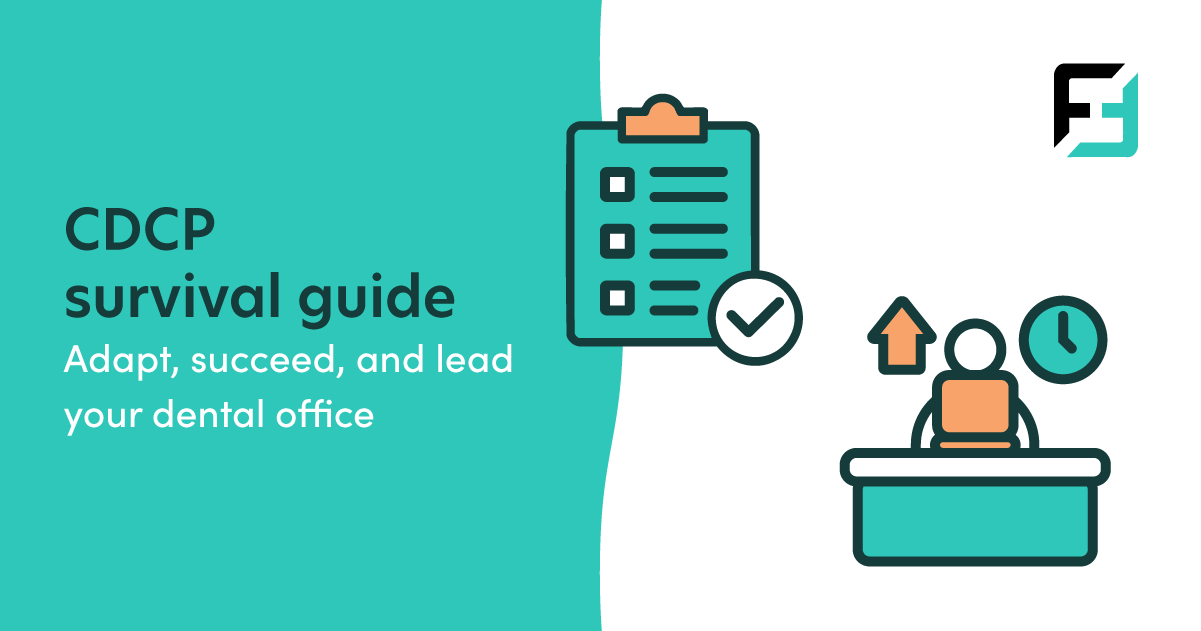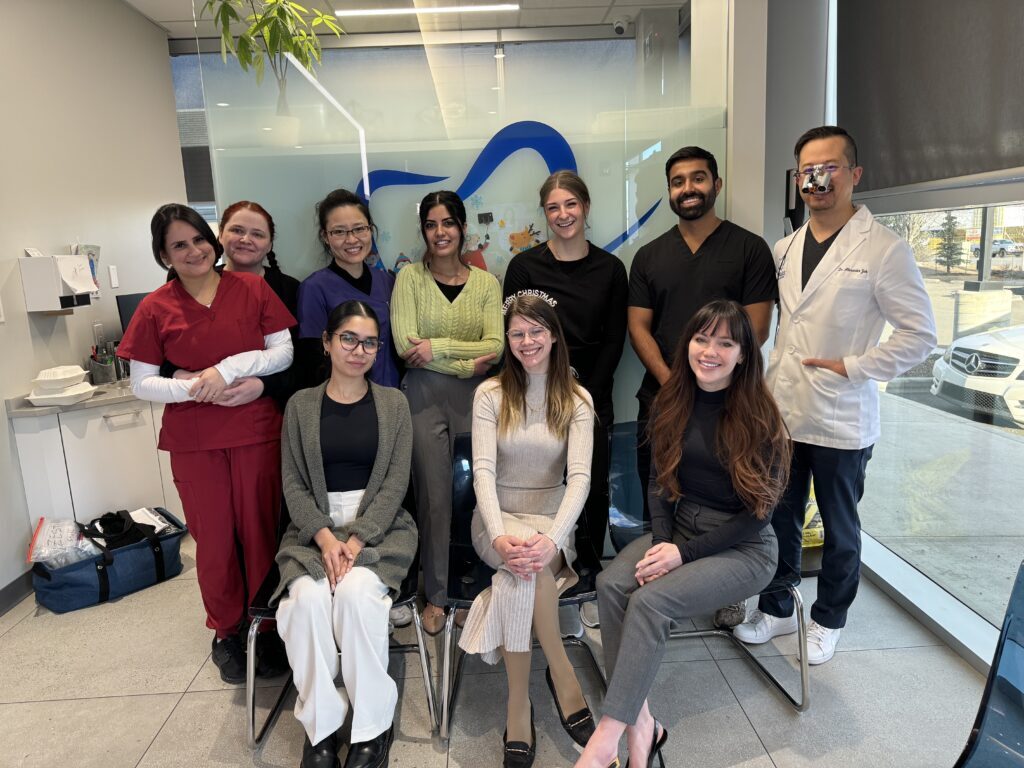The role of dental sealants for preserving healthy and happy smiles.
Preventive dental care is an essential building block for maintaining healthy teeth and smiles. Practicing good oral hygiene at home is one-way patients can protect their oral health, but there is more to it than that. Dental practitioners have procedures and products in their toolset, such as regular cleanings, fluoride treatments, and dental sealants that ensure next-level oral hygiene and elevate preventive care for their patients.
Dental sealants provide a safe and effective defence against tooth decay. Their role is to create a protective barrier that blocks bacteria and keeps food particles from settling into deep grooves in teeth. Applying sealants is a non-invasive procedure in preventive dentistry, providing critical protection against cavities to optimize oral health.
This article will look at the effects of preventive dental care on patient health and the role that sealants can play, investigate the latest innovations in sealants, and discuss how dental practitioners can effectively incorporate sealants into their services for better patient outcomes.
The Role of Preventive Dentistry in Overall Health
Dental professionals apply dental sealants to the chewing surfaces of molars. They prevent cavities, which are not only painful but can also stop patients from living their normal lives and eating the foods they love. Cavity sufferers may even forego a balanced diet in favour of soft foods that are easy to chew.
In addition to affecting nutrition, there are many more links between oral health and overall patient well-being. Canada’s Minister of Health recently stated, “Practicing good oral hygiene is an important factor in preventing some chronic diseases like cancer and diabetes as well as serious health conditions such as respiratory, cardiovascular and brain diseases.” Furthermore, a patient’s oral health can also impact their mental health.
Fortunately, there are ways to ensure good preventive dental care and support complete healthcare, including using dental sealants where appropriate.
Latest Advancements in Dental Sealant Technology
Adults and children can benefit from dental sealants. The US Centers for Disease Control (CDC) notes: “Sealants are an extremely effective yet underutilized shield that protects children’s teeth from cavities.” In general, dental professionals will use sealants more often on children; however, adults may also require treatment, depending on the depths of the grooves in their molars and their risk of tooth decay, which varies from person to person.
Embrace WetBond Pit and Fissure Sealant

The best sealant technology provides a margin-free bond that protects against microleakage, such as that found in Embrace WetBond Pit and Fissure Sealant. This hydrophilic resin adapts well in the presence of saliva and bonds to moist teeth. Embrace contains no Bisphenol A (BPA), No Bis-GMA, and no BPA derivates and features a dynamic bioactive system that continuously releases fluoride. Cured using light, this product integrates into the tooth to provide a margin-free bond that seals against microleakage.
Embrace WetBond features preloaded syringes in 2 shades across 3 different pack sizes. These include natural shade in 1 x 3 ml, 4 x 1.2 ml, and 20 x 1.2 ml packs and off-white in 1 x 3 ml, 4 x 1.2 ml, and 20 x 1.2 ml packs. With no drying or bonding agents required, the product saves practitioners time by eliminating steps.
Incorporating Sealants into Preventive Dental Care Services
Dental practitioners know that patient care does not stop at the clinic door. A best practice is to educate patients on proper at-home oral hygiene and encourage regular dental checkups and cleanings. Following up with the necessary fluoride treatments and dental sealants, as part of an overall preventive service, will ensure optimal dental care and better patient outcomes.
Conclusion
Preventive dentistry will always be an important part of any practice. Dental sealants can build a solid line of defence against cavities and the overarching health issues associated with poor oral health to help patients enjoy a better today and tomorrow.




